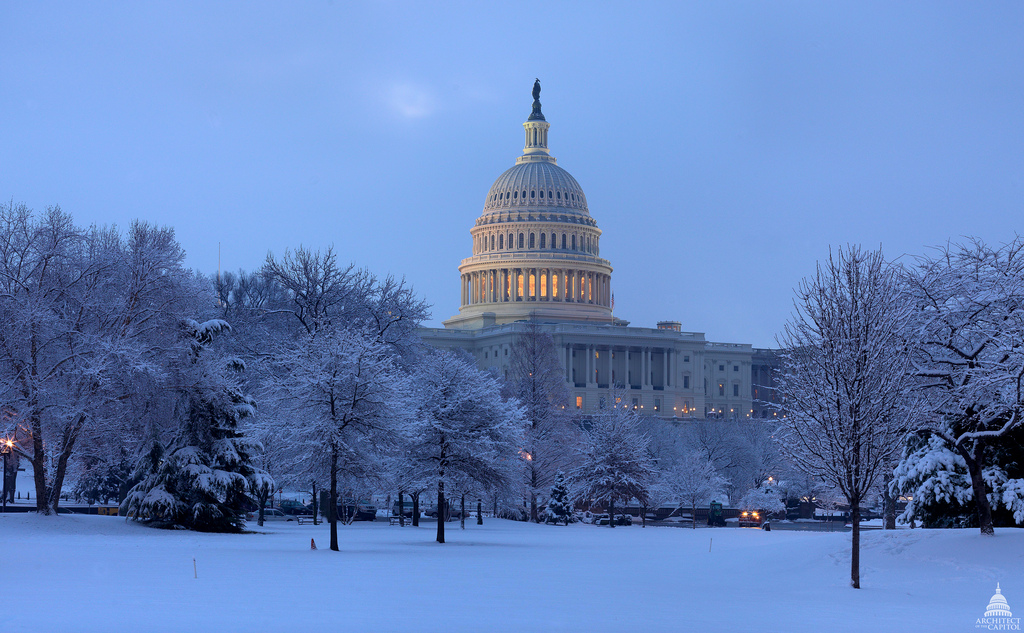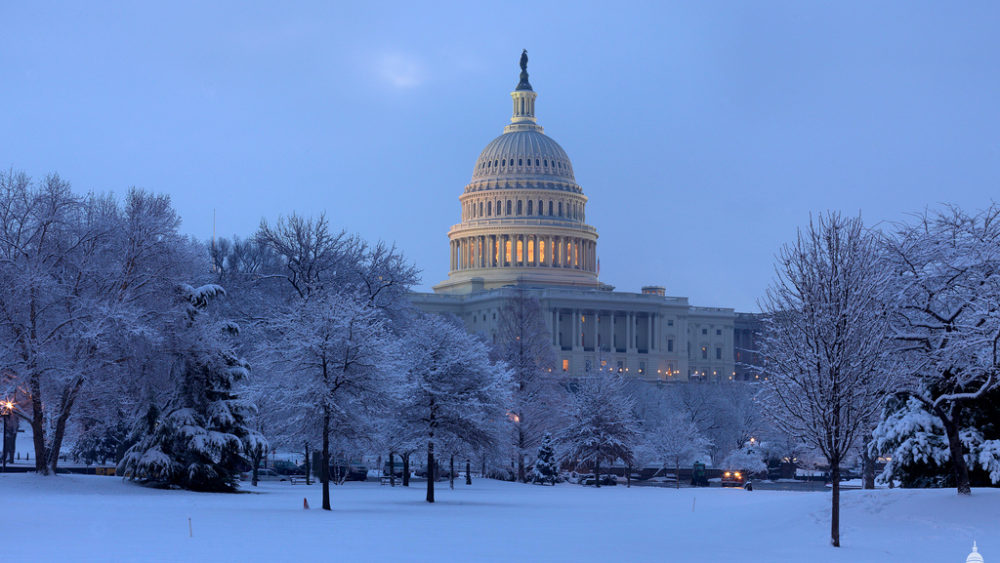 |
It’s early February, which technically means it’s time for the release of the president’s budget proposal for the upcoming fiscal year. Under new administrations, the budget proposal release date is often pushed back to give the incoming president time to put together a cabinet first. Meanwhile, the budget and appropriations process hasn’t operated as it technically should for years. Adding to the confusion, Congress still needs to finalize FY2017 spending, which currently expires April 28.
All of this brings us to where we are today. Here’s what we know so far about how the fiscal year 2018 (FY2018) budget and appropriations process may roll out in the coming year.
The president’s budget
With the president’s budget director nominee Mick Mulvaney (R-S.C.) narrowly confirmed this week, publications like The Hill and conversations around the halls of government suggest that the President is expected to release a “skinny budget”—a condensed list of major budget priorities—within the next month.
A complete budget request detailing the president’s desired expenditures and funding levels for all government departments and programs may be released late in the spring, but timing for the release is very much up in the air.
Congressional appropriations
Last September and again last December, Congress passed continuing resolutions (CRs) to keep the government operating because they could not complete a final FY17 budget. After the election in November, a decision was made to “kick the can down the road” to the new Congress to finalize spending levels for the fiscal year that began on October 1, 2016. These CRs have maintained federal spending at FY16 levels.
The CR passed last December is set to expire on April 28, when Congress will again decide whether to complete spending bills for FY17 by passing individual spending measures or passing an omnibus bill, or to simply continue the CR through the end of the fiscal year on September 30.
If Congress does decide to extend the CR—which currently appears most likely—they will need to consider how to handle recently passed legislation that authorizes funding changes. For example, the Every Student Succeeds Act, which passed in December 2015, consolidates certain education programs that formerly had independent funding streams, and it creates new programs as well. As the law goes into full force in the FY18-19 school year, the government will allocate funding on July 1 and will need to know how much to allocate to which programs. For this reason, Congress must include in a full year CR a number of “anomalies” or changes that reallocate funds.
If Congress decides instead to pass individual appropriations bills, rather than a final CR, it will require reconciling the funding differences between House and Senate funding bills passed by the Appropriations Committees in last year’s 114th Congress. The House appropriations bill maintained the current funding level for 21st Century Community Learning Centers; however, the Senate bill appropriated only $1.050 billion for the programs, a potential cut that would eliminate programming for hundreds to thousands of students in each state and more than 100,000 students across the nation. The new Congress and reconstructed committees in each Chamber may also require additional compromises if new bills are to be passed and reconciled.
As it completes its work on funding for FY17, Congress is also tasked to begin its work on the FY18 budget and appropriations bills, a process that usually begins early in the spring after the president’s State of the Union address. Since there is no baseline yet for FY17, beginning a new process will be challenging. However, one key decision has taken place: the selection of new committee members for the House (R and D) and Senate (R and D) Appropriations subcommittees for Labor, Health and Human Services (LHHS).
Recently, we have heard from advocates who have met with members of Congress that finding funding for the president’s expected priorities, such as increasing defense, building a border wall, and infrastructure, could make for a very tight funding landscape. In addition, sequestration will return in FY18 with about a three percent cut from FY17 in domestic discretionary spending caps.
What will this mean for afterschool?
Because federal funding for afterschool programs is dispersed on July 1, prior CRs did not affect program funding levels. However, the competing priorities and uncertainty around the appropriations process this year make it an important time to reach out. Even those policy makers who have been avid supporters of afterschool in the past may feel stressed by other funding priorities. Your work to thank supporters and garner new advocates will be essential to sustaining afterschool funding.
What can supporters do to help?
Friends of afterschool, advocates, program staff, parents, mayors, law enforcement officers, community members, and school board members can all let their members of Congress know how important these programs—and the federal supports for them—are to their students, families and communities.
Keeping afterschool at the front of your legislator’s mind and helping him or her understand the impact of this federal support in your community helps ensure they can’t easily make drastic funding cuts to programs when push comes to shove at the negotiating table. They will be able to envision your student, program, and story and the impact this funding has on their constituents and will be reluctant to cut funding—and be more likely to advocate for it to remain.
Write a letter to tell your story. Attend a town hall meeting scheduled to be led by your representative in your community. Make a phone call. Visit lawmakers’ district offices or the Washington, D.C. offices of all your representatives. Invite them to visit an afterschool program. Then ask your friends and partners to do the same.
Keep the field and your community alert, too. Write to your local newspapers to showcase and highlight the benefits of afterschool programs in your area. Keep your networks strong and your voice heard. It is going to be a complicated year, but clear voices with a clear message will continue to be heard.

Comments are closed.